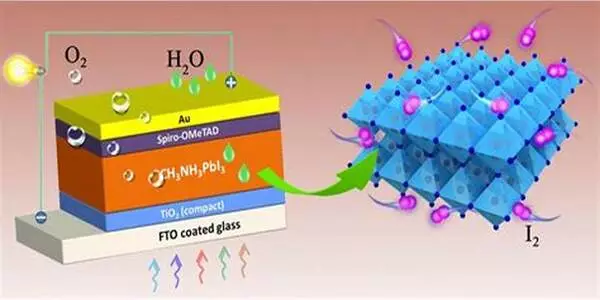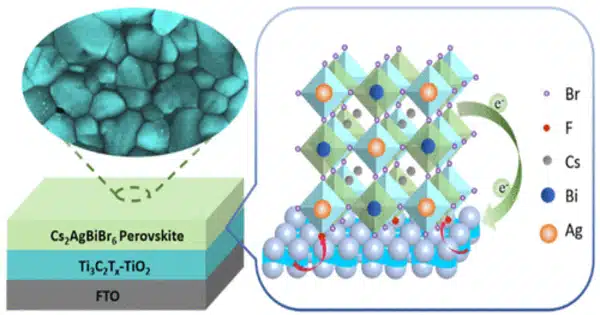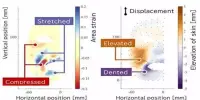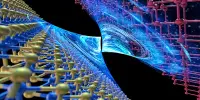Improving perovskite solar cells’ high-temperature stability is a critical challenge in making these cells more practical and commercially viable. Due to their high efficiency and low production costs, perovskite solar cells have shown great promise, but they degrade at high temperatures.
Researchers have discovered a method to significantly improve the operational stability of perovskite solar cells at high temperatures, which is required for use in terawatt power grids.
Perovskite solar cells (PSCs) have gotten a lot of attention because of their high power-conversion efficiencies and low-cost solution processing. However, maintaining their stability at high temperatures has proven difficult because the points of contact between their various layers (“interfaces”) are prone to degradation, resulting in energy loss and decreased performance.
The research contributes significantly to PSC stability and offers a potential solution for improving their performance, durability, and reliability in high-temperature environments, bringing us closer to terawatt-scale deployment of this promising photovoltaic technology.
In a new study, researchers have found that they can minimize PSC degradation at high temperatures by using fluorinated aniliniums, a class of compounds used in pharmaceuticals, agrochemicals, and materials science. The study was led by Michael Grätzel at EPFL, Edward Sargent at the University of Toronto, and Kenneth Graham at the University of Kentucky. It is published in Science.
Fluorinated aniliniums were used in the “interfacial passivation” step of PSC fabrication by the researchers. Interfacial passivation is a technique used to improve the stability and performance of interfaces between different layers or materials in order to reduce defects, charge recombination, and improve overall efficiency and stability.

The addition of fluorinated aniliniums improved PSC stability by preventing progressive ligand intercalation. This prevented ligand molecules from continuously penetrating between the layers or structures of the perovskite material, which destroys the crystal integrity and leads to degradation and decreased performance of PSCs.
The scientists used this method to achieve a certified quasi-steady-state power-conversion efficiency of 24.09% for inverted-structure PSCs. When they tested an encapsulated PSC (a device contained within a protective enclosure) at 85°C, 50% relative humidity, and 1-sun illumination (the intensity of sunlight under normal, clear-sky conditions at solar noon), the device worked at maximum power generation for an impressive 1560 hours (65 days) while maintaining functionality and efficiency.
The research contributes significantly to PSC stability and offers a potential solution for improving their performance, durability, and reliability in high-temperature environments, bringing us closer to terawatt-scale deployment of this promising photovoltaic technology.
Improving the high-temperature stability of perovskite solar cells is an ongoing research topic, and progress is being made all the time. Researchers and engineers are experimenting with various combinations of the aforementioned strategies in order to develop perovskite solar cells that can withstand high-temperature environments, making them more practical for a variety of applications such as rooftop solar panels and concentrated solar power systems.
















